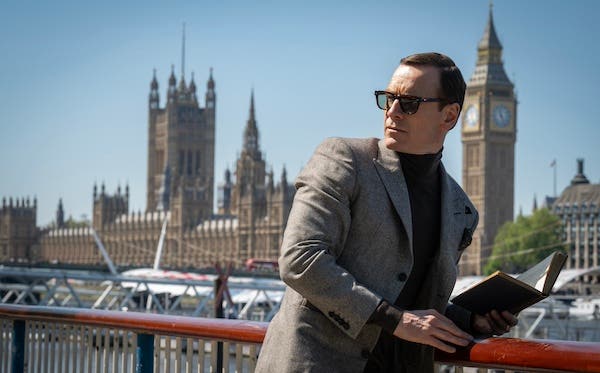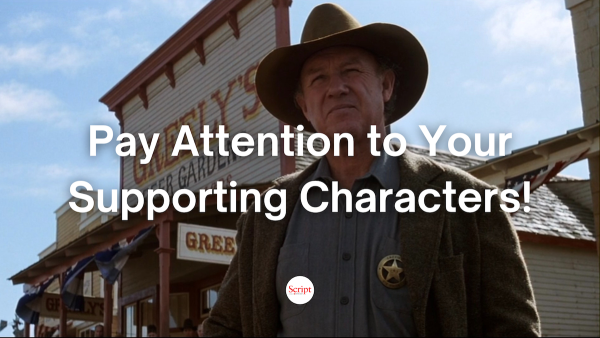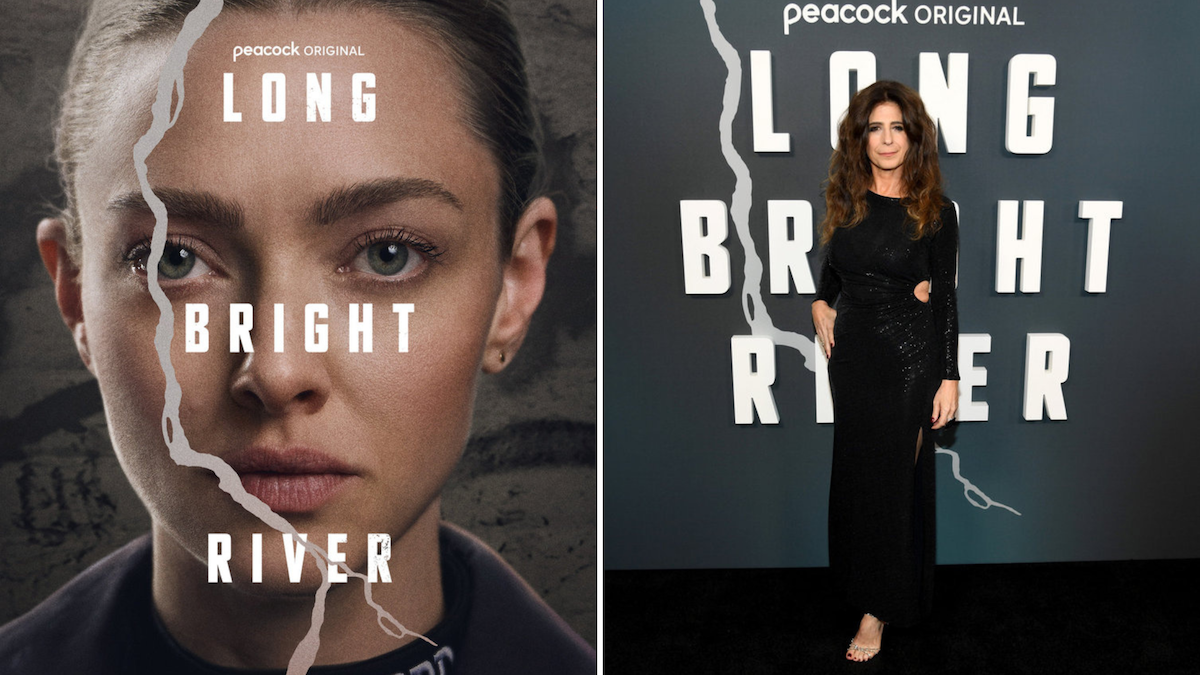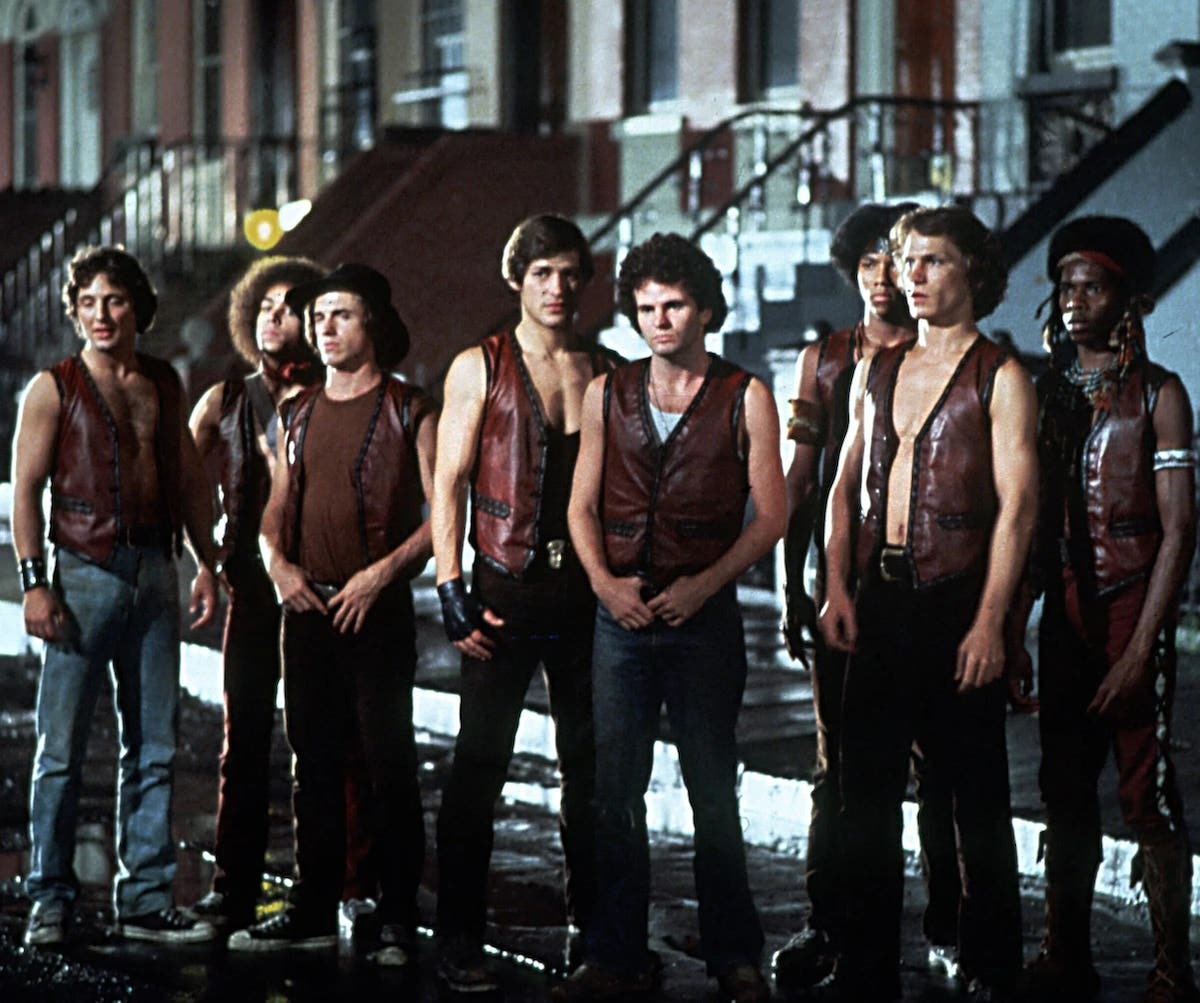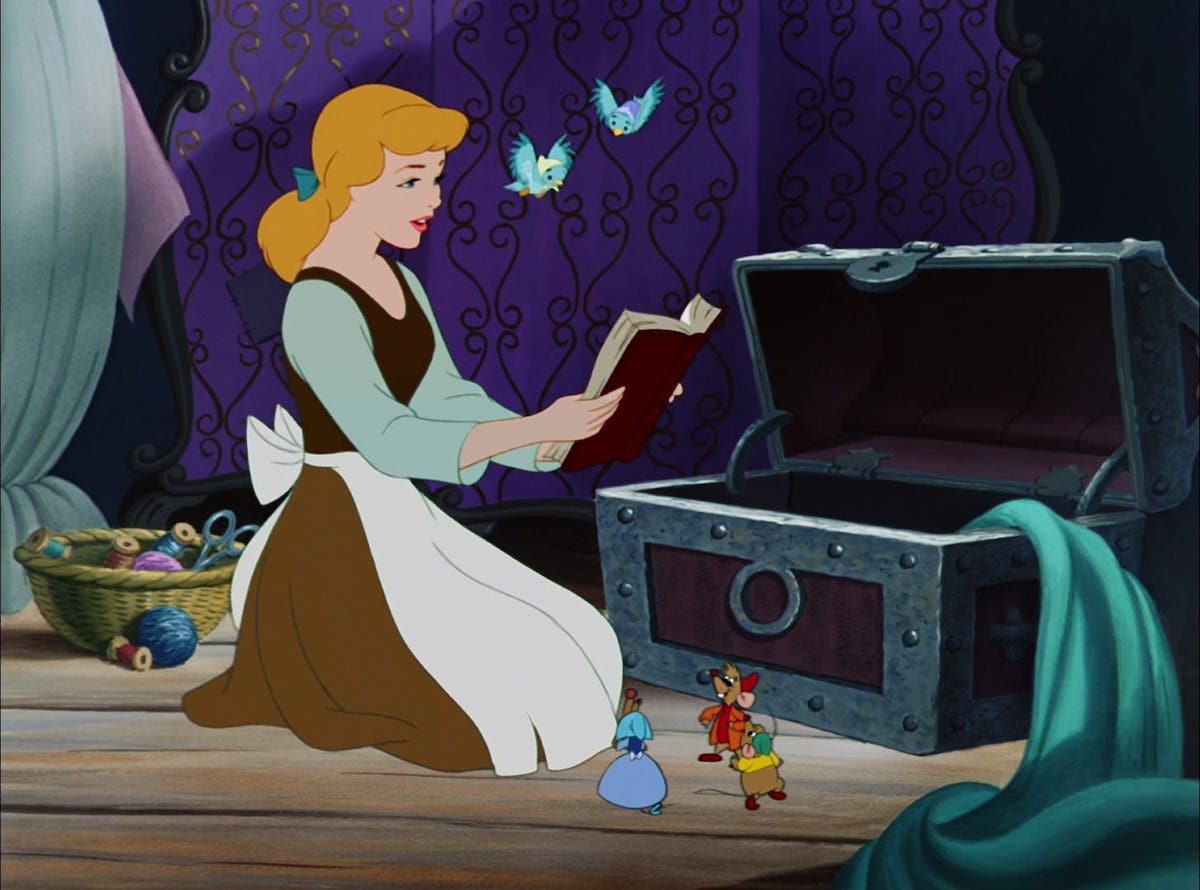Breaking In: Confessions of a Screenwriter
Screenwriters, It’s confession time. Here’s mine: I collect baseball cards, I cry when watching corny old movies, and when I was a little girl I had a major crush on Jack…
Screenwriters, It’s confession time. Here’s mine: I collect baseball cards, I cry when watching corny old movies, and when I was a little girl I had a major crush on Jack Wild, who played “The Artful Dodger” in the movie, “Oliver!”.
Okay, your turn. How many screenplays that were the basis of artistically and financially successful, produced movies have you actually read?
For most of you, my guess is that the answer is: “Not nearly enough.”
If you were an architect, you would do more than just visit and study the Chrysler Building, I.M. Pei’s Grand Louvre in Paris, the Freedom Tower, and other famous buildings. You’d also examine their blueprints. If you’re a screenwriter and want to learn the craft, seeing movies and reading screenwriting “how to” manuals is not enough. You also need to examine the screenplays those movies were based on: the “blueprints” of those films. Ideally, you’d want to do both: see the movies (ideally, classics in “your” genre), and also study and read their screenplays.
What can you learn by reading screenplays that you can’t learn simply by seeing movies? Here are just 6 of the many things you’ll discover…
- …what kinds of information a screenplay includes in the action lines, and what should be left out. Many of the scripts I read by unproduced writers include all kinds of irrelevant details. Examples of these include what people are eating or drinking (e.g., “a hearty breakfast” or “sipping coffee”), describing every stage of simple, routine actions, such as answering a ringing cell phone (which wastes precious space, because we can mentally “fill in the blanks” with the implied details, such as reaching over to a table or into a pocket, picking up the phone, pressing the right buttons, etc., without needing help); what color the hero’s hair is or the exact model of his car; or a description of the room’s furniture; to name just a few. Sure, there are sometimes situations in which what the protagonist is eating, or how the room is decorated, is relevant or reveals character, but this is rare. Flawed scripts often include irrelevancies, but also leave out everything that matters, such as clear and succinct action and behavior that truly advances the plot, and other essential information. Make sure that your characters are interacting with their environment in ways that reveal personality and advance the plot. And, in most cases, don’t bother to describe inanimate objects at all-- instead, describe what the character is doing. Read Sir Arthur Conan Doyle’s Sherlock Holmes stories, and pay close attention to how Doyle describes characters. They are almost always in motion—doing something interesting and plot-relevant-- when Doyle describes their physical appearance or the objects they use, which is one way to make sure your story doesn’t grind to a halt during descriptions. Something should only be described if it’s plot-relevant, and visual or auditory (or both).
- …how the hero’s backstory is revealed. Backstory, even if relevant to the plot in the present, should never be written in the script’s action lines unless it’s in the form of action or sound. There should be no private “asides” to the reader which explain where the hero went to school, how he feels about his father, what he’s really “thinking” when he meets his old flame, or the like. If something is not going to be heard or seen in the eventual movie, it should not be in the screenplay.
- …how uncluttered the pages look, and how little dialogue there is.
- …The “credits sequence” is not in the script, nor does it include famous songs unless they are necessary to the plot, as in “Sea of Love”, for example.
- … the fact that everything that happens early in Act I connects to the story’s ending. Pay particularly close attention to the opening scenes and opening image in the film. Yes, visuals are almost always in the script, not just a director’s decision. The overall message for you about how to start your movie? You shouldn’t try to write page one of your script unless you know what happens in your plot and in the final moments of the film. As has often been said, “Know your ending.” But what about great scripts for which the writers supposedly didn’t know the ending of their own movie till they reached it (“Casablanca” comes to mind)? In cases like that, I would argue that the writers were very experienced and it was only circumstances (for example, the shooting schedule and how little time they had to work on the script) that forced them to be in that position. And on a subconscious level, I believe the writers of “Casablanca” (the Epstein brothers, who were twins, and co-writer Howard Koch) certainly did know how their story “had” to end—and figured it out eventually. Legend has it that while riding in a car on Sunset Boulevard, while they were still stumped about finding the right ending for their script, the Epstein twins—who had stopped at a traffic light-- suddenly turned to each other simultaneously and shouted, “Round up the usual suspects!” which became the key, final turning point in the plot near the end of the movie. If you write your movie properly, it will really have only one “right” ending, and one “right” beginning—and it’s your job to find them-- ideally, before you start writing (especially if you’re a beginner). Certainly, “Casablanca” began and ended the only way it could have and still been satisfying for film audiences, and consistent with the characters and storyline as well as the era and context in which it was written. Of course, the movie still holds up beautifully today. Julius Epstein, co-writer (with his twin, Philip) of the script, once said, “Warner [Bros.] had 75 writers under contract, and 75 of them tried to figure out the ending!” Sometimes, the obvious can be very difficult to see. Howard Koch, who also contributed to the writing of “Casablanca”—which was based on a play by Murray Burnett and Joan Alison— was asked by lead actress Ingrid Bergman just before the start of shooting, “Which man should I love more?” She meant the character, Rick, Ilsa’s ex-lover played by Humphrey Bogart, or her husband, Victor, played by Paul Henreid. Koch told her at the time that he didn’t know-- since they didn’t have the ending yet-- so she should “play them both evenly”. That was actually probably a good thing for the movie, since the character that Bergman played, Ilsa, would not have known at the start which man she’d want to choose in the end. But if you’re a writer: know how your movie ends before you start writing—but after starting with a solid plan, you can also be open to letting your characters and story take you somewhere even better.
- …the pithy, succinct, clear and efficient writing style and “voice” of the action lines in the best screenplays. Striking the right balance so that your screenplay writing style is succinct and clear (but also interesting and distinctive)-- without being distracting, pretentious, long-winded, or self-conscious-- is always a challenge.
Where to find screenplays from produced movies? Amazon.com, many large libraries, The Margaret Herrick Library in Hollywood, universities that have film schools, The Writers Guild (East or West), and many websites that cheat writers out of royalties by posting scripts online for free download, or sleazy urban street corner script hawkers who do the same. By the way, make sure you’re reading the script in its original, properly formatted, “spec script” form— rather than a shooting script (which has scene numbers) or “movie transcription” form.
Your assignment? Read more screenplays from movies that were truly successful (ideally, ones that made money): recent ones and old classics. As for the obvious question for me, “How many scripts have you read in your career?”, the answer is, “I don’t know-- my career isn’t over, which means I don’t have my ‘ending’ yet!”
Keep pitching. See you next month.
- More articles by Staton Rabin
- Behind the Lines: Action Lines
- Business of Screenwriting: If You Want to Write, You Must Read
Get your story on the page with the help of Paul Peditto's Screenwriters University class
10 Weeks to Your Feature Film
REGISTER NOW!
Staton Rabin (www.StatonRabin.com and www.ScreenplayMuse.com) is a screenplay marketing consultant, script analyst, and "pitch coach" for screenwriters at all levels of experience. She is also an optioned screenwriter, has been a reader for Warner Bros. Pictures, New Line Cinema, William Morris, and major screenwriting contests, and was a frequent guest lecturer at NYU. Her novel Betsy and the Emperor was at one time in development as a movie with Al Pacino attached to star. Staton Rabin is available for script reading/analysis and consultations and can be reached at Cutebunion@aol.com.
